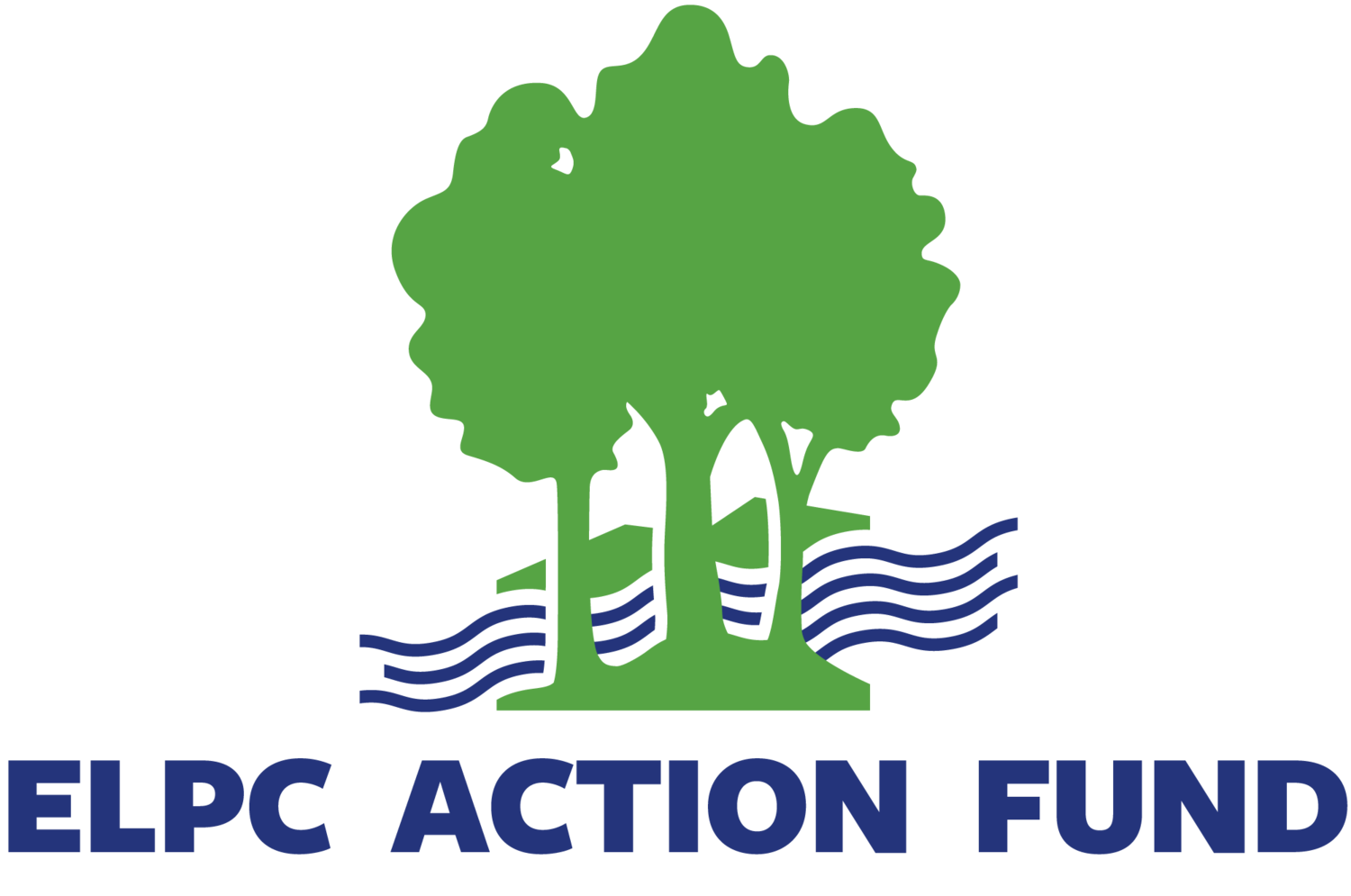Watch What They Do, Not What They Say: EPA Chief Touts ‘Love’ for Great Lakes
For three years, the Trump administration worked to harm the Great Lakes with repeated attempts to eliminate or significantly cut funds for the Great Lakes Restoration Initiative.
With rollbacks of the Clean Water Act and a downward trend in clean water enforcement cases, the Trump EPA has shown time and again that they do not care about protecting safe, clean water.
We must watch what they do, not what they say!
Read this article linked here and pasted below: E&E News: EPA chief touts restoration in swing-state visit
EPA Administrator Andrew Wheeler today showcased his agency’s work in the Great Lakes watershed, where environmentalists have criticized the Trump administration’s light touch on enforcement and efforts to reduce restoration funding.
Wheeler appeared at Grand Valley State University’s Annis Water Resources Institute in Muskegon, Mich., with Kurt Thiede, head of EPA’s Chicago-based Region 5 office, and Rep. Fred Upton (R-Mich.), a former chairman of the House Energy and Commerce Committee who’s running for his 18th term, according to a press release.
Rep. Bill Huizenga (R-Mich.), who co-chairs the House Great Lakes Task Force, also appeared, according to the release. He’s running for reelection in the 2nd District.
Wheeler’s remarks were not livestreamed. Archived video or a transcript was not immediately available.
After a cruise on Lake Michigan, Upton was shown touting EPA’s Great Lakes efforts in a tweet from Jack Springgate, a TV reporter for the local NBC affiliate in South Bend, Ind. Another post shows Upton and Wheeler speaking with workers at a Coast Guard station.
The EPA chief’s visit wraps up a two-day tour of the Mitten State. Yesterday, he visited Grand Rapids — where Upton also made an appearance — to talk up the agency’s work on improving air quality (Greenwire, June 2).
The trip marks the second battleground state the administrator has visited — he appeared last week in Georgia. President Trump narrowly won Michigan in 2016, and the state is seen as key to his reelection chances this November.
Separately, EPA and Environment and Climate Change Canada today released the “State of the Great Lakes 2019,” a study that provides an overview of the status and trends of the watershed.
The report, developed in accordance with the Great Lakes Water Quality Agreement, found that overall, the Great Lakes’ water quality is “fair and unchanging.”
While progress has been made toward reducing toxic chemicals in the lakes, the report found that the threat of invasive species and excess nutrients that contribute to toxic and nuisance algae continues to loom large.
“The Great Lakes is home to one of the world’s greatest bodies of fresh water and while progress on water quality is happening, there is still work to be done,” Wheeler said in a statement. “These status reports directly inform state and federal policies toward the Great Lakes.”
Also today, EPA named 14 people to serve on the Great Lakes Advisory Board in Grand Rapids, which EPA reestablished in December 2018.
The board, which advises EPA on the Great Lakes Restoration Initiative and implementation of the Great Lakes Water Quality Agreement between the United States and Canada, is now co-chaired by Steve Galarneau, director of the Office of Great Waters at the Wisconsin Department of Natural Resources, and Kyle Dreyfuss-Wells, chief executive officer of the Northeast Ohio Regional Sewer District.
‘Waged a war’
Wheeler’s visit came after months of conservation groups criticizing EPA’s management of the Great Lakes and bipartisan efforts to ensure the agency’s work in the region is funded.
“For three years, the Trump administration has waged a war on the Great Lakes when it comes to its policy,” said Howard Learner, executive director of the Environmental Law & Policy Center.
Learner noted that the administration recently attempted to zero out funding for the Great Lakes initiative but was unsuccessful after bipartisan leaders from across the Midwest in both chambers pushed back and provided full funding.
Wheeler in a statement said EPA and other agencies are using initiative funds to strategically target the biggest threats to the ecosystem, including those identified in the report.
EPA also noted that since the last report in 2017, about $900 million has been used to restore and protect the Great Lakes. The agency last month announced over $9 million for projects to reduce excess nutrients, $6.4 million to enhance fisheries and $20 million for work to address other persistent water quality problems.
During the 2020 budget cycle, Trump had proposed cutting funding for the Great Lakes by 90%, a move that Sens. Debbie Stabenow (D-Mich.) and Rob Portman (R-Ohio), co-chairs of the Senate Great Lakes Task Force, resisted (E&E Daily, Jan. 28).
Trump changed course last May and sent lawmakers a letter formalizing his intention to amend his fiscal 2020 budget request to benefit Great Lakes restoration (E&E Daily, May 14, 2019). And his budget request for fiscal 2021 included $320 million for the initiative.
The Environmental Law & Policy Center in April released a report relying on multiyear analysis of EPA enforcement data that found the agency’s Midwest region has done little to enforce compliance under the Clean Water Act (E&E News PM, April 20).
That report, the group said, revealed a significant rise in Clean Water Act noncompliance, a decline in enforcement metrics and a downward trend in enforcement case initiations not limited to the federal environmental law.
And last year, the center joined Advocates for a Clean Lake Erie in a lawsuit aimed at forcing EPA to hold Ohio accountable for reducing pollution and toxic algal blooms in Lake Erie (Greenwire, Feb. 8, 2019).
Learner said the judge in that case denied EPA’s motion to dismiss the lawsuit and held that pollution diets must be adopted to reduce phosphorus pollution in Lake Erie.
Learner said he’s expecting oral arguments this summer.
